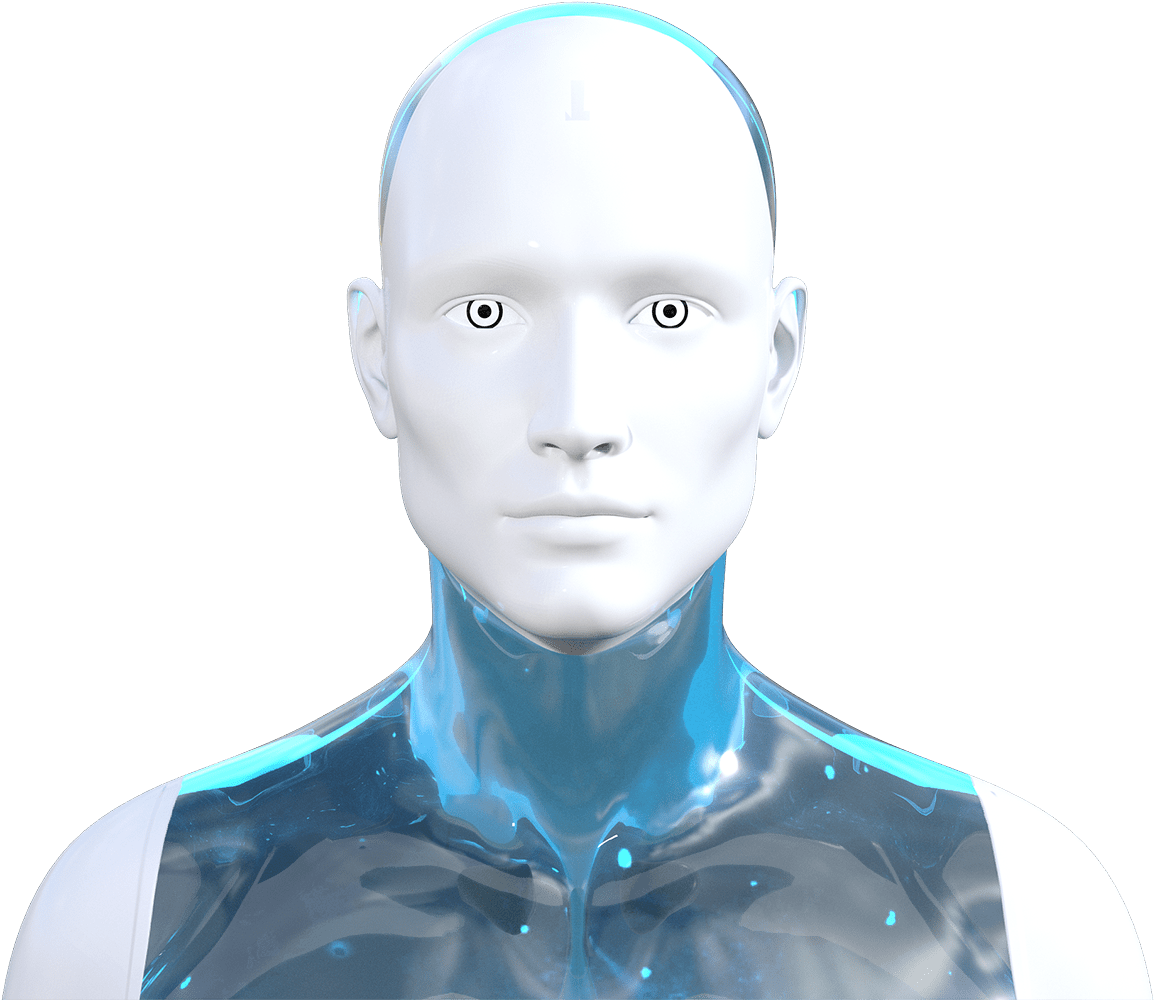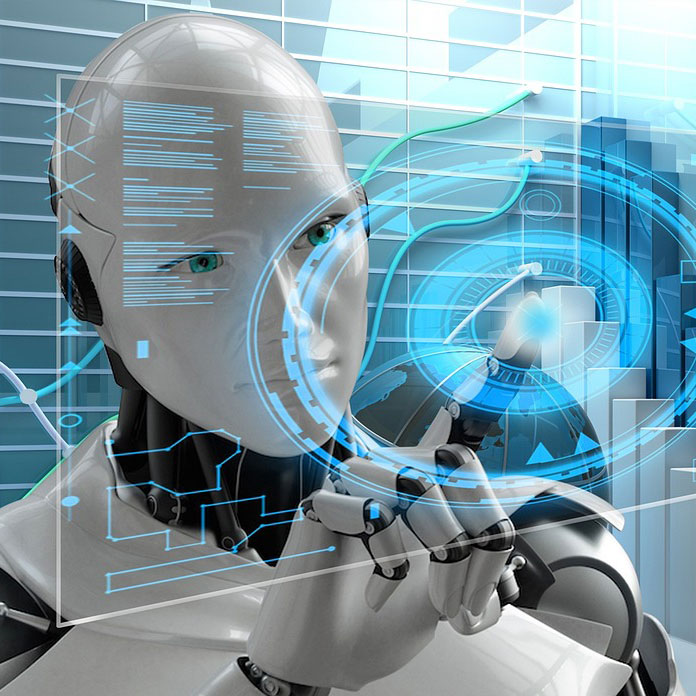Artificial Intelligence for Your Business



Automated trading strategies that use algorithms to execute trades based on predefined criteria.
Computational models inspired by the human brain, used for pattern recognition and predictive analysis.
Utilizing AI to analyze news, social media, and other textual data to gauge market sentiment. Techniques that leverage AI and statistical algorithms to identify future outcomes based on historical data.
Read MoreThe process of transforming raw data into a structure suitable for machine learning, focusing on the most relevant variables.
Happy Clients
Project Complete

Machine Learning Understanding of algorithms, models, and techniques such as supervised, unsupervised, and reinforcement learning. Data Analysis Skills in statistical analysis, data preprocessing, and data visualization to interpret and manage datasets effectively. Programming Proficiency in languages like Python, R, or Java, particularly in libraries like TensorFlow, PyTorch, or Scikit-learn.
Read MoreTeam has High Level experience in Mathematics and Statistics Strong foundation in linear algebra, calculus, and probability theory for developing algorithms and models. Domain Knowledge Familiarity with the specific field (e.g., finance, healthcare, retail) to apply AI solutions effectively. Software Development Life Cycle (SDLC) Understanding of software engineering principles, version control (e.g., Git), and Agile methodologies for project management. Deep Learning Knowledge of neural networks, including architectures like CNNs and RNNs, and their applications in large-scale datasets.
Read MoreAI teams are pioneering innovative technologies and strategies that transform traditional financial practices. They leverage sophisticated algorithms and machine learning to analyze vast datasets, helping to identify patterns and trends that human analysts might miss. Efficiency and Speed

AI can process and react to information much faster than human traders, enabling high-frequency trading and real-time decision-making. This leads to significant efficiency improvements and potential cost savings. Enhanced Decision-Making

The integration of AI in trading helps in making data-driven decisions. Teams utilize predictive analytics and machine learning models to forecast market movements, which can minimize risks and enhance return on investments. Personalization
